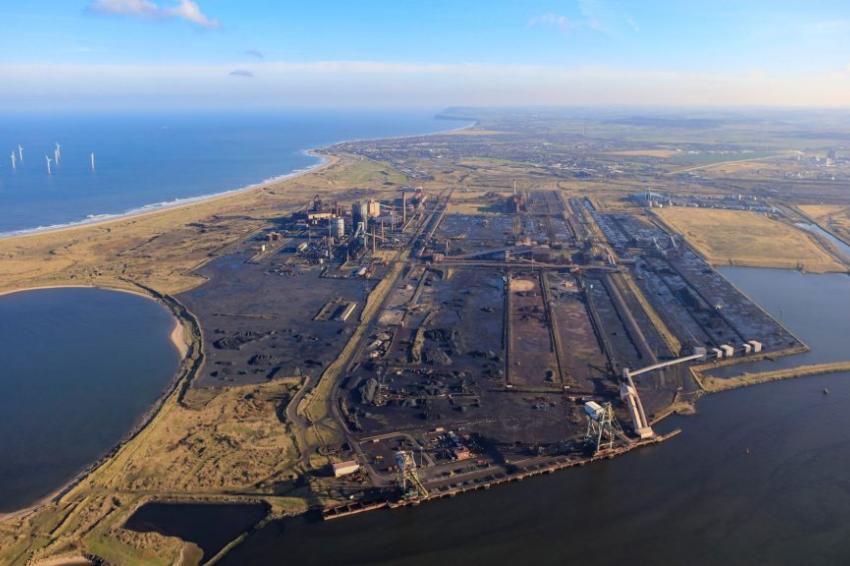BP Plans Large-scale Green Hydrogen Plant at Teesside
The multi-phase stage HyGreen Teesside project aims to produce 60 MWe (megawatt electrical input) green hydrogen at its planned start-up in 2025. By 2030, BP believes it could make 500 Mwe of hydrogen.
Together with the group’s clean, or “blue” hydrogen plant, for which plans were unveiled last March, BP said its Teesside site has the potential to deliver 30% of the country’s 2030 hydrogen output target by 2030. The blue hydrogen unit would use natural gas as a feedstock. The UK government has said it is targeting 5 GW (gigawatts) of low-carbon hydrogen production by 2030 to replace natural gas in powering around three million homes, as well as industry and transport.
For the blue hydrogen plant, BP said earlier it had already signed Memoranda of Understanding with customers for the output, including with Huntsman spinoff Venator. Investment decisions for both facilities have not yet been definitively made.
The British group said it expects HyGreen Teesside to fuel the development of the northeast England industrial complex into the UK’s first major hydrogen transport hub, leading the way for large-scale decarbonization of heavy transport, airports, ports and rail across the country. “Low carbon hydrogen will be essential in decarbonizing hard-to-abate industrial sectors including heavy transport," said Louise Jacobsen Plutt, senior vice president for hydrogen and CCUS.
Industry heavyweights going all-out for hydrogen
At the climate summit COP26 held in Glasgow earlier this month, hydrogen producers announced an initiative called H2Zero aimed at accelerating the use and production of hydrogen as an essential part of the future net-zero energy drive toward reducing emission. The Hydrogen Council has estimated that in 2030 using hydrogen could potentially avoid the emission of approximately 800 million t/y of CO2.
Several industrial heavyweights have recently presented wide-sweeping plans for investing in hydrogen in Europe. One of the most heavily engaged in the field is Ineos. The olefins and polyolefins giant said in mid-October it planned to invest more than €2 billion in electrolysis projects to make zero-carbon, green hydrogen across Europe. First plants are to be built in Norway, Germany and Belgium within the next 10 years, with others in the UK and France to follow.
Last June, Denmark’s Haldor Topsoe set up a dedicated hydrogen arm with the goal of accelerating its electrolysis business. The company said it is “determined to take a leading position in the burgeoning green hydrogen space,” which the International Energy Agency forecasts could potentially fulfil 17% of global energy demand by 2050.
French industrial gases group Air Liquide, on raising its stake in H2V Normandy from 40% to 100%, described the acquisition as a “key milestone” in producing renewable hydrogen on a large scale to supply industry and mobility markets. By 2030, the company said it is committed to bringing its total electrolysis capacity to 3 GW.
German energy group Uniper meanwhile is carrying out a feasibility study on establishing a national hub for hydrogen in Wilhelmshaven on the North Sea coast that also would be connected to a planned hydrogen network. The investment would include an import terminal equipped with an ammonia splitter for producing green hydrogen.
Author: Dede Williams, Freelance Journalist





